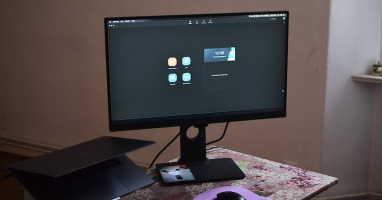Top 10 Ways to Get Your Heating System Ready for Winter
Heating systems are like cars. They need to be regularly maintained for them to be reliable and run cost-effectively and not break down when you need them the ... read more...most. That’s why carrying out regular checks and services on your heating system will ensure your home stays warm throughout the winter. Let's find out the Ways to Get Your Heating System Ready for Winter below!
-
Your heating system works hard throughout winter to keep your nose and toes toasty. Dirt, dust, and allergies are collected in the filter every time the machine is used. This garbage accumulates over time, which is bad. Aside from causing health problems for persons with allergies, asthma, or other respiratory disorders, buildup in a filter means your heating equipment has to work harder to pump out the warm air that circulates around your home.
Dirty, clogged filters result in blocking normal airflow and decrease the efficiency of the system by a significant amount. Cleaning these air filters, on the other hand, ensures the consistent efficiency of your air conditioner. An air filter has the responsibility to filter out dander, allergens, pollen, and other airborne particles which can prove harmful to your health. A properly functioning air filter can improve the quality of indoor air which is essential for your good health. But, when you have a dirty air filter, these airborne particles do not get filtered. This can be prevented by cleaning the air filters.
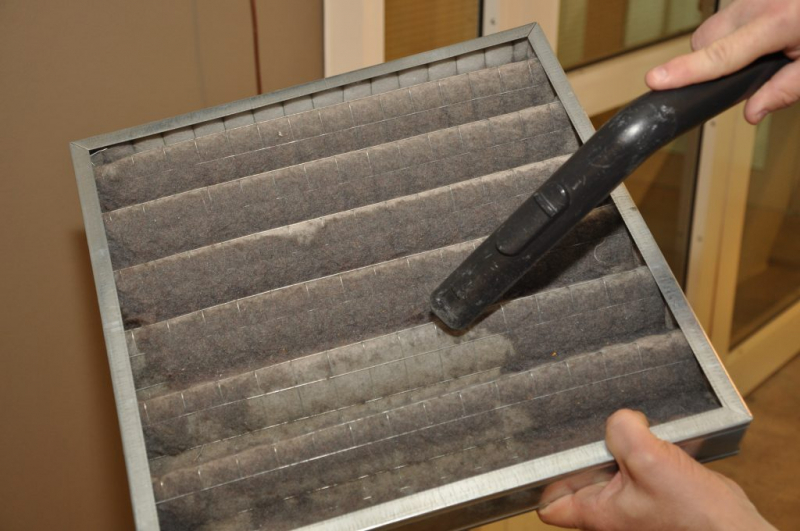
via: American Home Water & Air 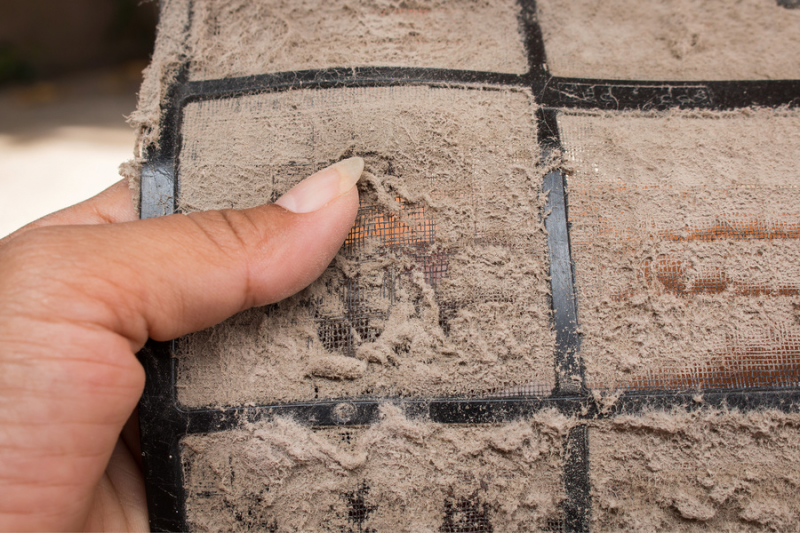
via: Flocon Heat Pumps and Air Conditioning -
Most homeowners have some kind of home warranty plan, and it may even be required depending on your contract. A home warranty is a sort of insurance coverage that protects the systems and equipment in your home. This is not the same as having home insurance that covers accidents. Instead, home warranty services will repair or replace any covered objects that are damaged or broken down. Heating systems are infamous for failing in the dead of winter. With a home warranty, you may have the system back up and running quickly (good home warranty services even have emergency calls for these situations). You're up a frozen creek without a paddle if you don't have an HVAC-inclusive plan.
Even if you keep up with maintenance, your HVAC system is subject to wear and tear. It is totally natural for an air conditioner to fail at some point. When an HVAC equipment fails, it necessitates costly repairs or replacement, and your home insurance policy or the manufacturer's warranty may not cover the entire cost. It leads to a predicament that many homeowners dread. As a result, obtaining a home warranty plan that includes HVAC is essential.

via; Cielo Breez 
via: My Decorative -
Furnaces and other heating equipment are usually stored in outlying regions of the home, such as basements, storage closets, or crawl spaces. It's practical, out of the way, and prevents the kids from injuring themselves. The issue with this configuration is that heat-generating machines require their own personal space. Furnaces, like cranky teenagers, are unlikely to respond well and are prone to become volatile if not given adequate space. Natural gas furnaces require adequate space and airflow to function properly. If you don't give your furnace enough space, it can get overly hot. It also makes furnace repair difficult for specialists. Regular furnace maintenance is essential for keeping your equipment in good working order. An annually serviced furnace may work more efficiently, which could lower your utility costs.
You probably can't move your heating system, but you can give it some breathing room. Make certain that your heater closet is not being used as a storage space. Clear the area around the furnace of any clutter, boxes, or stored things. Also, and this is critical, never keep anything flammable near your heating system. Paint, aerosol cans, gasoline, papers, and clothing can all catch fire as a result of the furnace's heat, resulting in devastating losses.
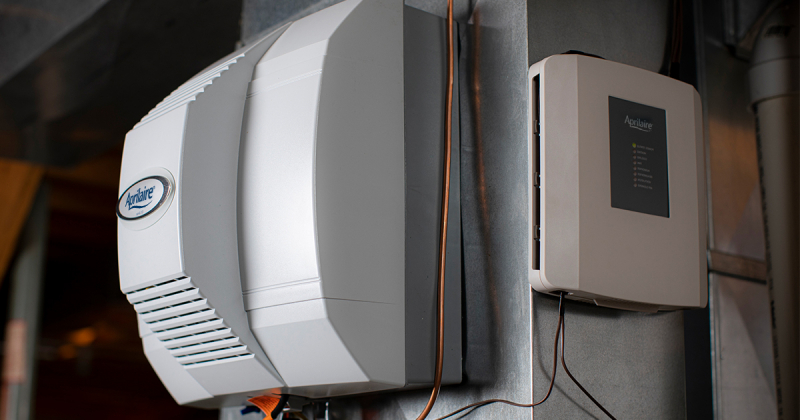
via: Aprilaire 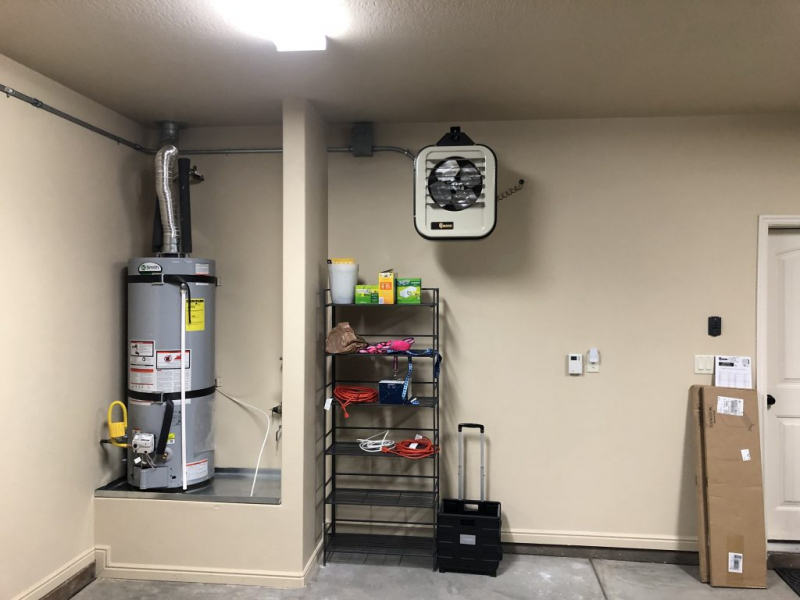
via: EMCO Heating & Air -
Uninsulated pipes waste a lot of heat. Paying someone to insulate your pipes may make financial sense. Uninsulated water pipes in or near exterior walls might rupture in freezing weather, which can be disastrous. It is well worth the effort to have insulation installed during new home building, during any work on your water heater or pipes, or to insulate the pipes yourself. Special circumstances, such as when the fuel used to heat water is very expensive, the distance traveled by the pipes is long, the pipes are exposed to very cold air, and the home consumes a lot of water, can result in much higher energy savings. In these cases, cost savings may offset paying for someone to do the job for you.
Insulating your hot water pipe can help you save a lot of heat and electricity. Insulating your hot water pipes lowers heat loss and can boost water temperature 2°F-4°F higher than uninsulated pipes, allowing you to lower the temperature setting. You'll also get hot and warm water from your faucet faster. You'll also save water by not having to wait as long for hot water when you switch on a faucet or showerhead.
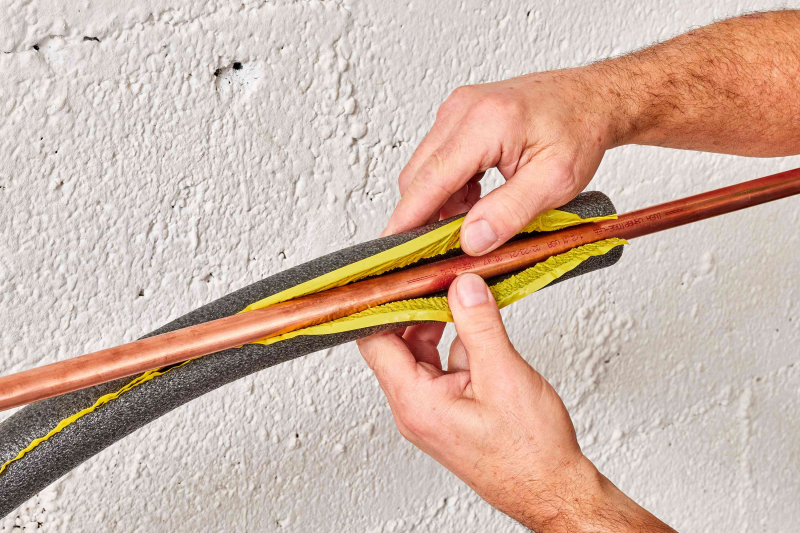
via: The Spruce 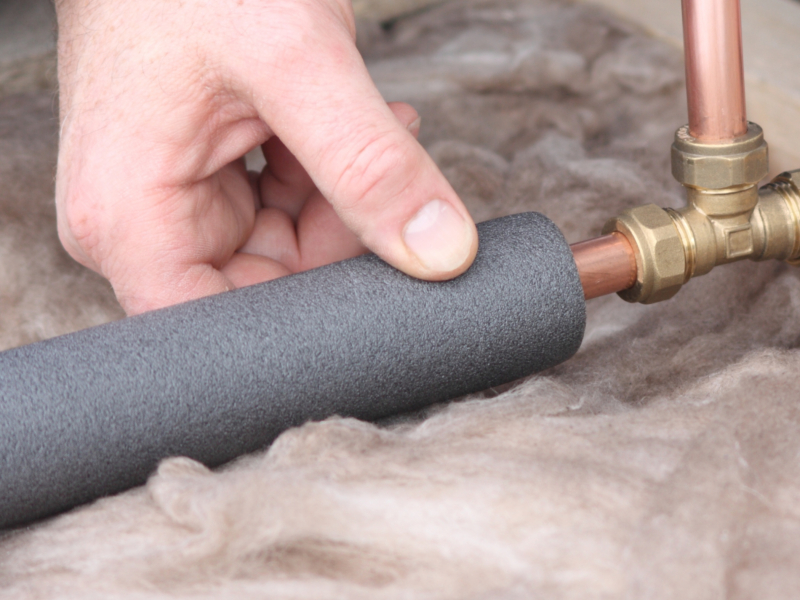
via: Trussville Gas and Water -
The attic is a massive open door that lets cold air in continuously and unobstructedly. Insulating the attic is one of the most effective techniques to limit heat loss and, thus, the amount of work your heating system has to do. The purpose of insulation in an unfinished attic is to keep the rooms below cool in the summer and warm in the winter. That implies merely insulating the attic floor and installing roof vents. Insulation in a finished attic must help keep the attic sections comfortable.
To prevent heat from escaping from your heater, add at least R-38 insulation (10"-14" deep). If only the living space is to be insulated, wrap the insulation around the room's walls and ceiling before continuing along the non-living space's floor. The area behind the knee wall will be excessively hot or chilly in this instance. Apply insulation from the roofline all the way down to the floor to keep the area behind the sidewalls from freezing in the winter. Alternatively, you can place weatherstripping around the attic entryway and guarantee appropriate venting to avoid moisture retention.
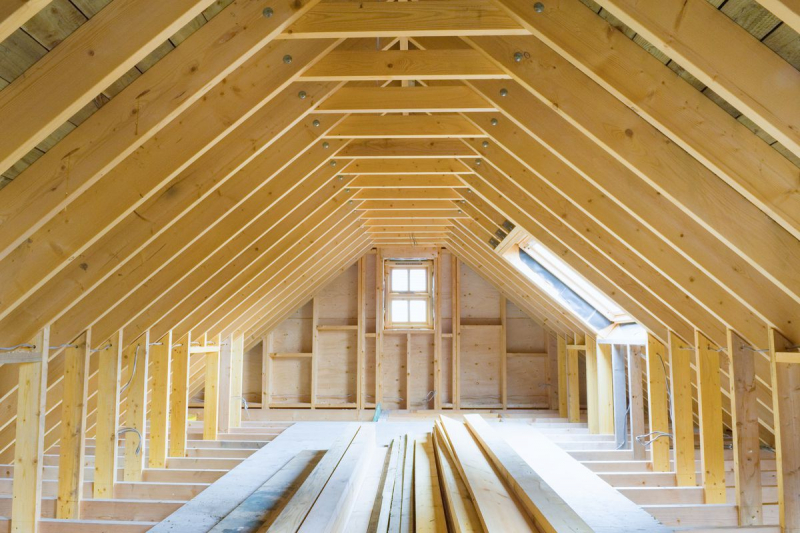
via: This Old House 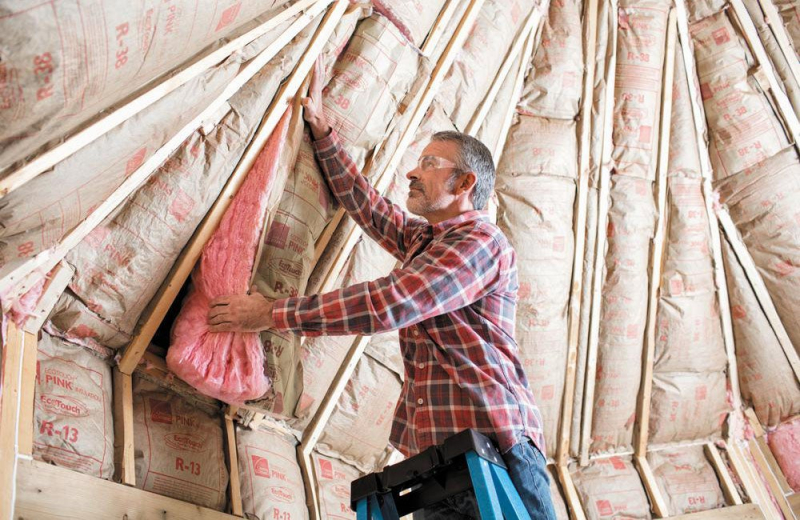
via: Bob Vila -
Ceiling fans are the most adaptable home appliance, regardless of the season. Some people are unaware that a ceiling fan may give both cool and warm air to your home. This is accomplished simply by rotating the direction of your ceiling fan during the summer and winter seasons. This makes you feel more at ease and allows you to adjust the thermostat, giving your air conditioner, HVAC system, and energy bill a much-needed respite.
In fact, even during the colder months, fans can be utilized to warm up your home and create a more comfortable ambiance. By reversing the fan blade orientations, you can direct warm air trapped in the ceiling back to the floor, where you may enjoy it. This simplifies the work of your heating system.
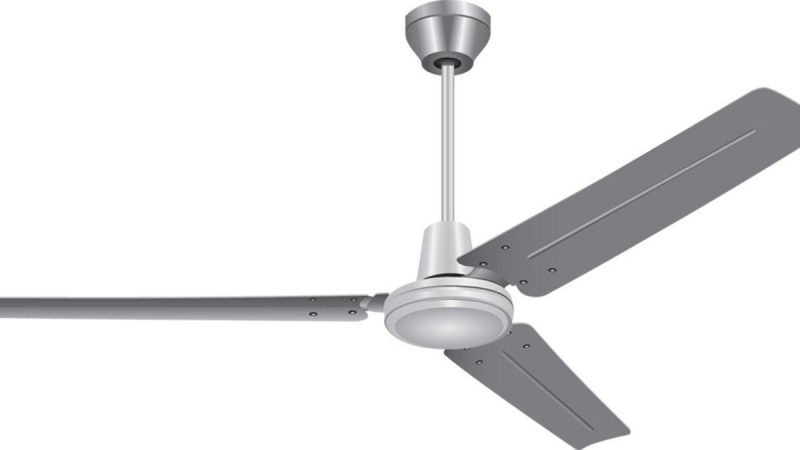
via: Alpine Temperature Control 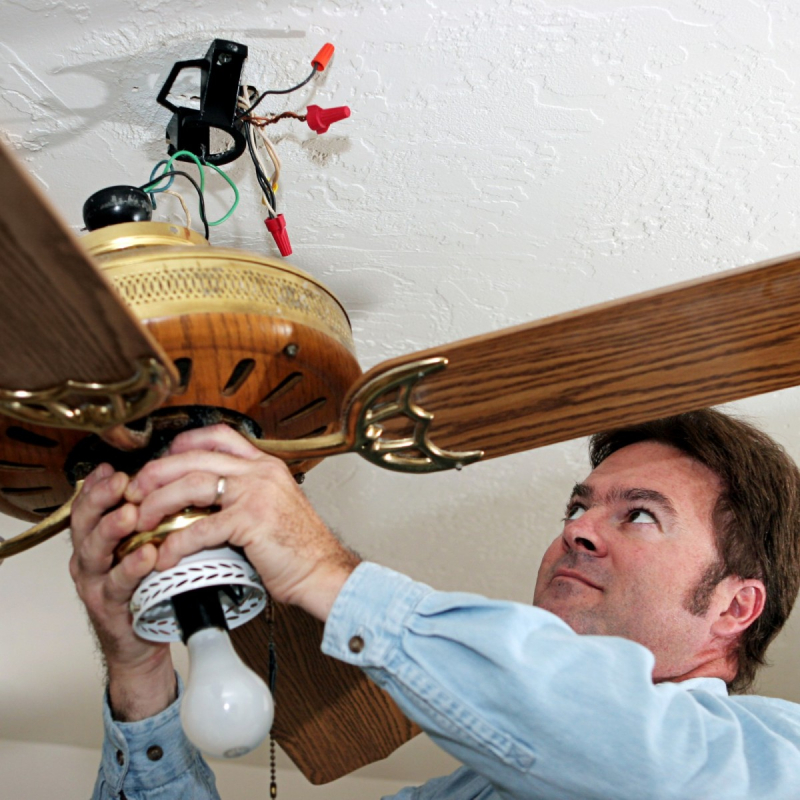
via: ThriftyFun -
Weatherstripping is installed on doors to keep out the outdoors and unwelcome critters. Unfortunately, this thin rubber strip is not indestructible. Replacing worn or damaged weather stripping around outside doors to save energy costs is essential.
Bring a piece of the old weather stripping with you to the home improvement store so you can match it easily. In newer doors, the weatherstripping fits into a groove in the door casing. Simply pull it out to remove it. Then, cut a fresh piece to size and insert it into the groove. Begin with a smooth, clean, and dry surface before installing new weather stripping. Using an adhesive cleaner and possibly a light sanding, remove all old glue. Old nail holes should be filled and sanded. Fill and sand any old screw holes that cannot be reused.
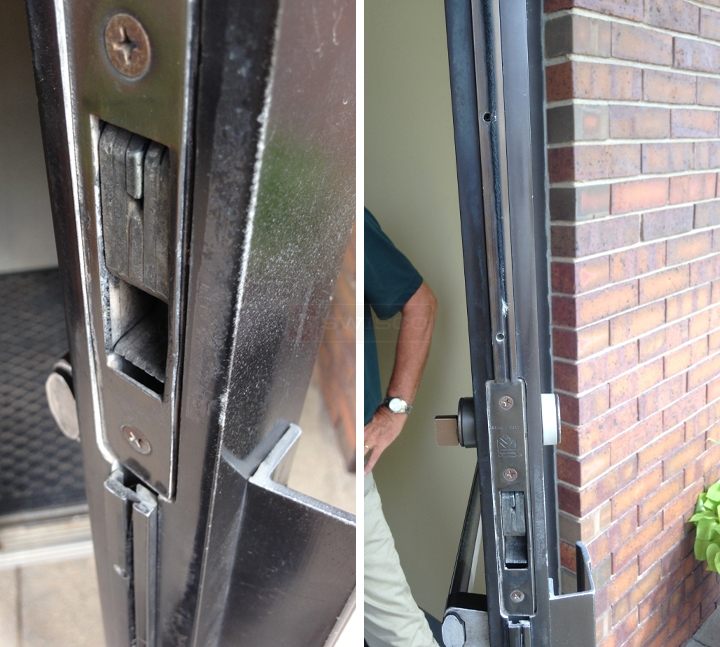
via: SWISCO.com 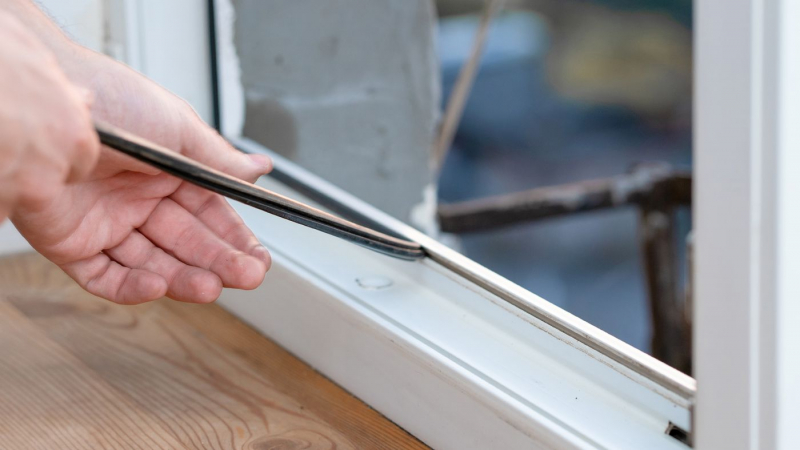
via: This Old House -
A house's windows are more than just a structural feature. They are a necessity, a functional necessity, and an aesthetic addition that has a direct relationship with your enjoyment. If you prefer changing up your style, you might choose winter-friendly window treatments. Window treatments, from insulated blinds to thick curtains with quilted cushions, can help keep warm air in and cold air out, the ideal combination during the winter months.
After all, a well-dressed window might be the difference between a glossy and unpolished interior. Window treatments may be an expensive purchase, so make sure you get the measurements right. Window coverings range from traditional pleated curtains to modern blinds and shades, making them an easy way to change a room and add personality.
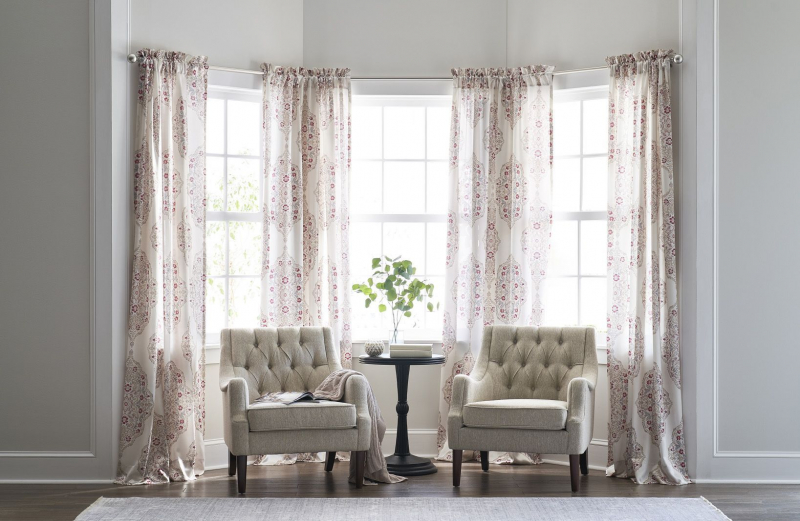
via: House Beautiful 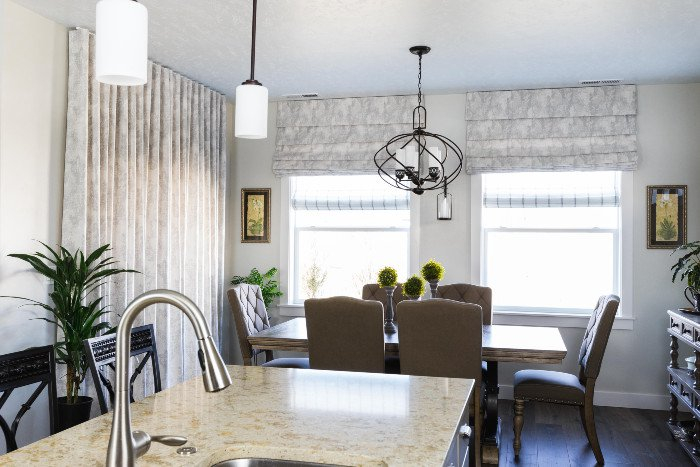
via: Budget Blinds -
Windows also allow a lot of warm air to escape from your furnace. As a result, replacing your outdated windows is a worthwhile investment. Insulated glass windows are the most effective at keeping the heat in, and many windows are constructed with this enhanced material. If not, storm windows might be an excellent idea (especially if your area experiences tumultuous weather such as tropical storms, snowstorms, hurricanes, etc. frequently). Storm windows are installed on the outside of your windows and provide an additional layer of protection. This is advantageous since they can be removed during the summer months if more air is required.
Windows can also be fixed by replacing hardware such as latches, cranks, and locks, or by caulking and weatherstripping. Total window and frame replacement with new, high-performance ENERGY STAR certified windows or inserts is sometimes the best option. Inserts might be a nice alternative if the frames are still in good shape, especially for vintage properties.
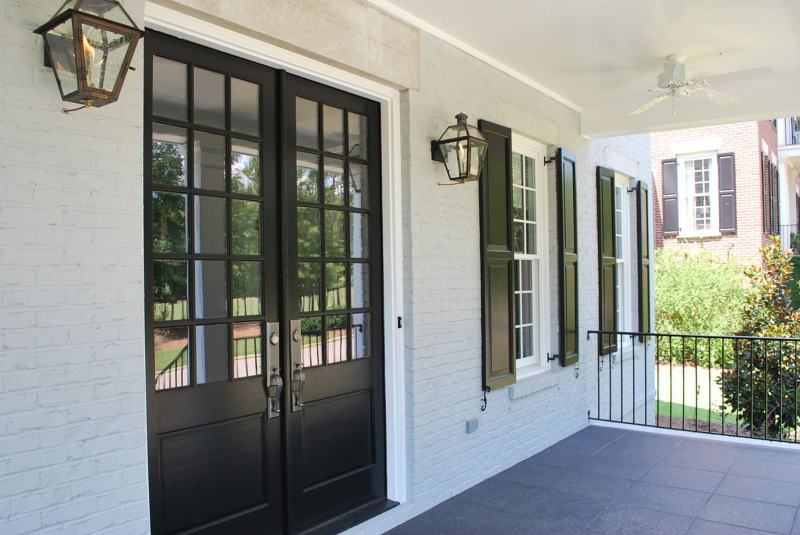
via: Porch 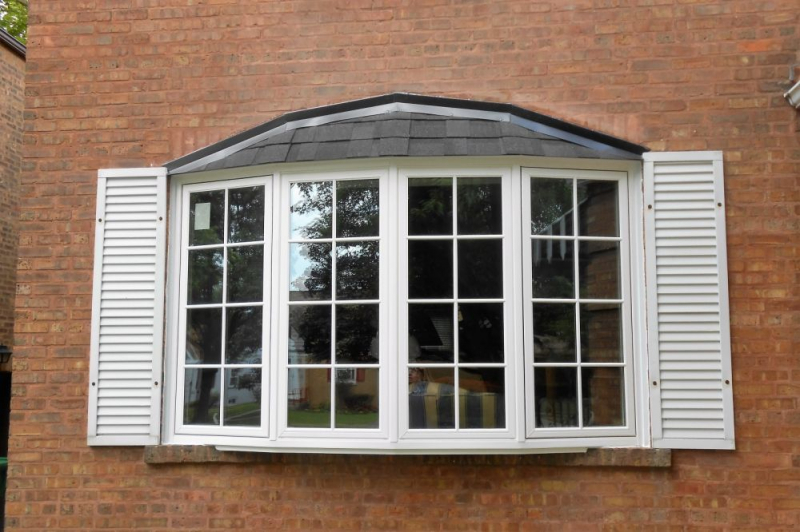
via: The Door Store -
The heating systems you rely on are incredibly trustworthy, but like with other equipment, get the heating system examined on a regular basis for optimal operation. Routine inspections will allow you to detect growing problems before they become full-fledged emergencies, and regular cleaning of essential components will keep systems working smoothly and indoor air quality high.
Ductwork must be checked and cleaned, combustion chambers must be cleaned of dust, the blower must be cleared, the blower belt must be checked, connections and wires must be checked, and so on. This may be covered by some of your maintenance policies. Otherwise, it is worthwhile to engage a professional to perform the one-time task on an annual basis.
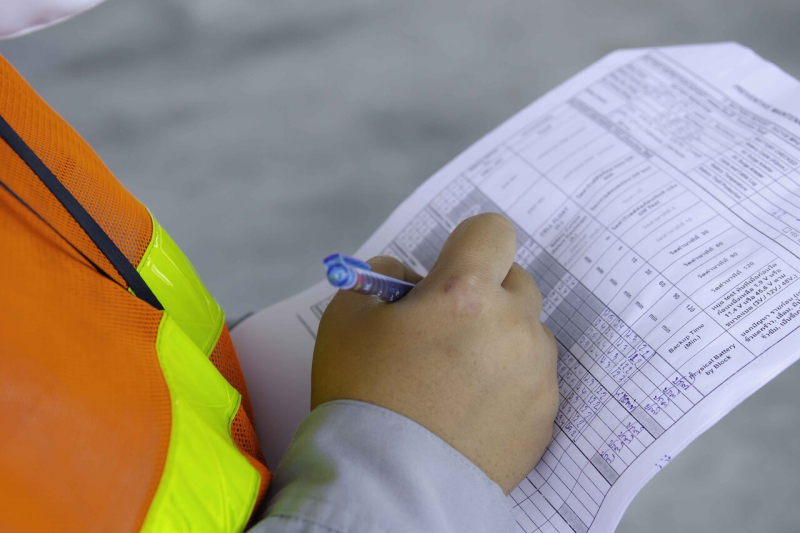
via: Grainger 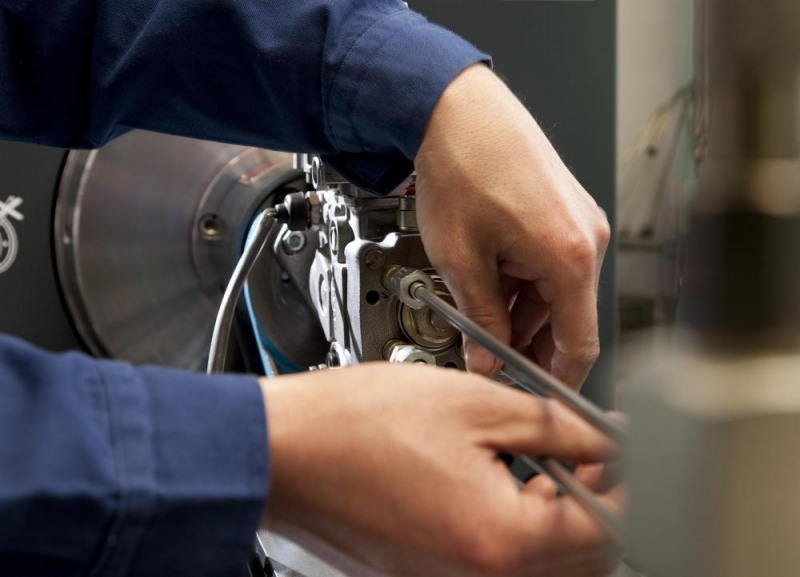
via: AboutMechanics

























